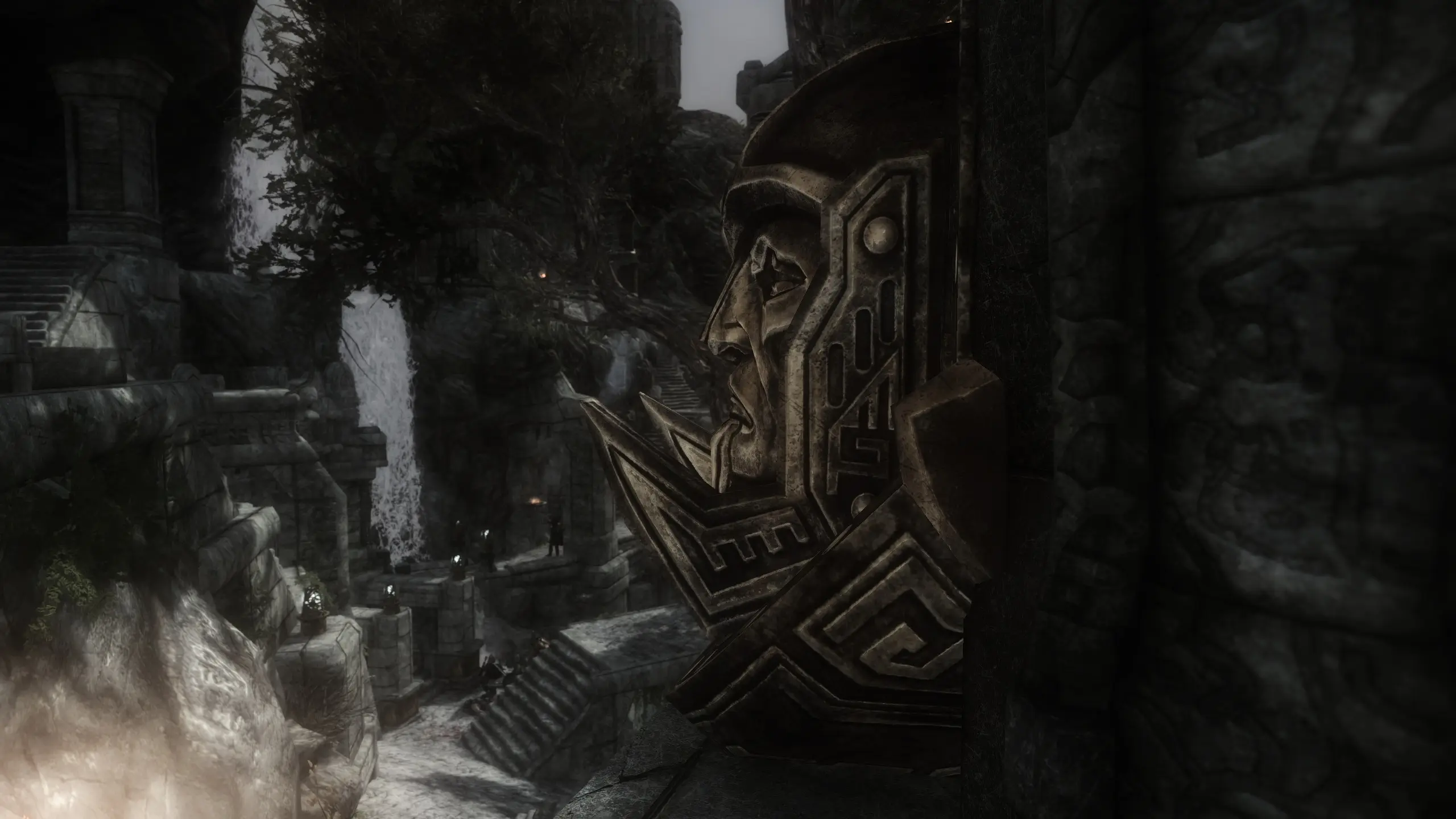

According to his “Book of Knowledge of Ingenious Mechanical Devices,” published in 1206, he also designed a water-powered automaton orchestra that could float on a lake and provide music during parties. He invented a mechanized wine-servant, water-powered clocks and even a hand-washing machine that automatically offered soap and towels to its user. In the 12th and 13th centuries, Arabic polymath Al-Jazari designed and built some of the Islamic Golden Age’s most astounding mechanical creations. The 450-year-old device is still operational today, and is held at the Smithsonian in Washington, D.C. The robot can walk in a square pattern mouthing devotionals, nodding its head and occasionally beating its chest with its right arm and kissing a rosary and cross with its left. Working together, these elements give the impression of a monk deep in prayer. Artificial feet step up and down to imitate walking, and the friar’s eyes, lips and head all move in lifelike gestures. Completed sometime in the 1560s, Turriano’s 15-inch-tall automaton is powered by a wound spring and uses an assortment of iron cams and levers to move on three small wheels concealed beneath its monk’s robe. When the Prince recovered, Phillip II commissioned a clockmaker and inventor named Juanelo Turriano to build a lifelike recreation of beloved Franciscan friar Diego de Alcalá (later Saint Diego). According to legend, Phillip II’s son and heir suffered a head injury, and the King vowed to the heavens that he would deliver a miracle if the boy were spared. The 16th century “mechanical monk” may have been the result of King Phillip II of Spain keeping up his end of a holy bargain. The Rosheim knight proved fully functional, suggesting that Da Vinci may very well have been a robotics pioneer. In 2002, NASA roboticist Mark Rosheim used Da Vinci’s scattered notes and sketches to see if he could create his own version of the 15th century automaton.

While no complete drawings of the automaton exist today, evidence suggests that Da Vinci may have actually built a prototype in 1495 while working under the patronage of the Duke of Milan. According to Da Vinci’s sketches of the key components, the knight was to be powered by an external mechanical crank and use cables and pulleys to sit, stand, turn its head, cross its arms and even lift up its metal visor. Perhaps most extraordinary of all is his plan for an artificial man in the form of an armored Germanic knight. Leonardo Da Vinci wrote extensively about automatons, and his personal notebooks are littered with ideas for mechanical creations ranging from a hydraulic water clock to a robotic lion. Life-sized recreation of Da Vinci’s robot.


 0 kommentar(er)
0 kommentar(er)
